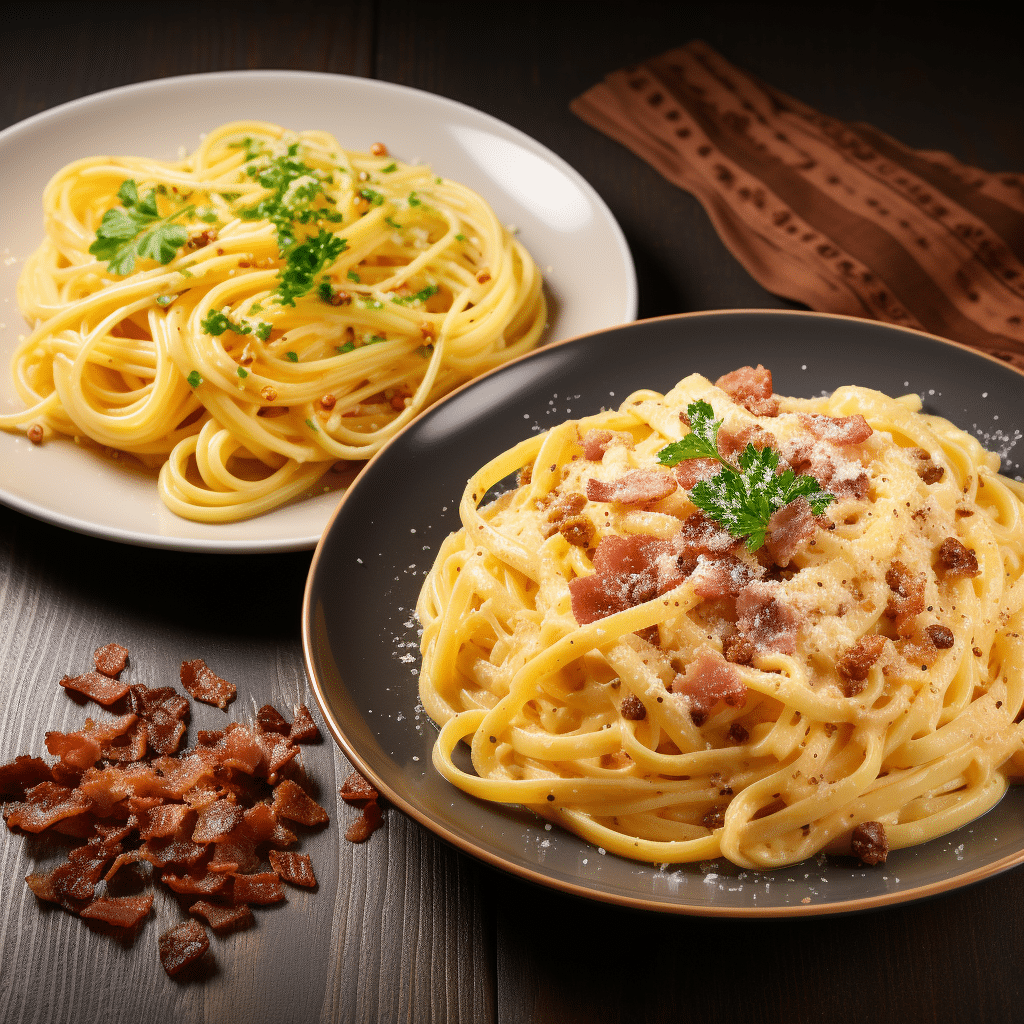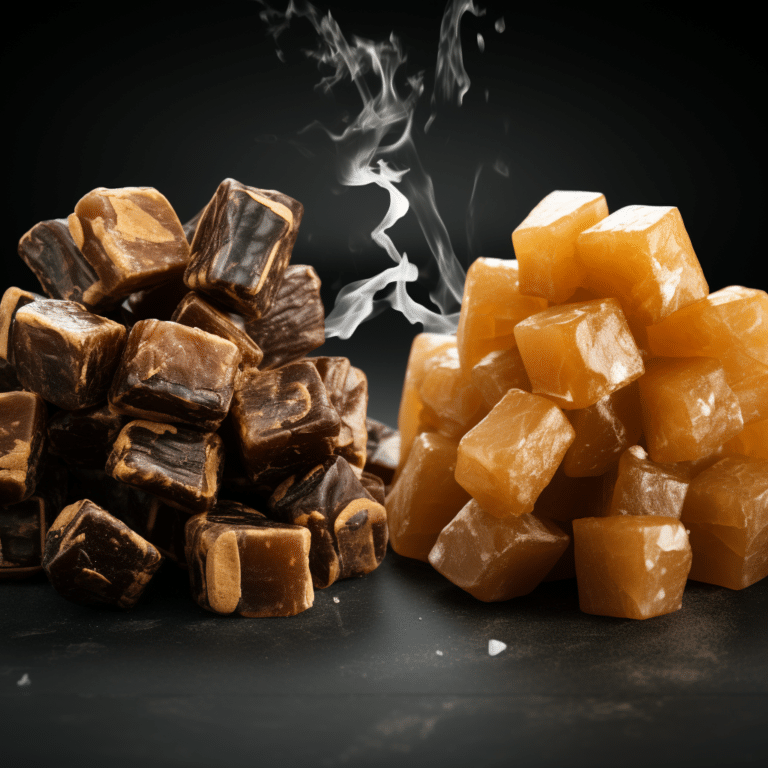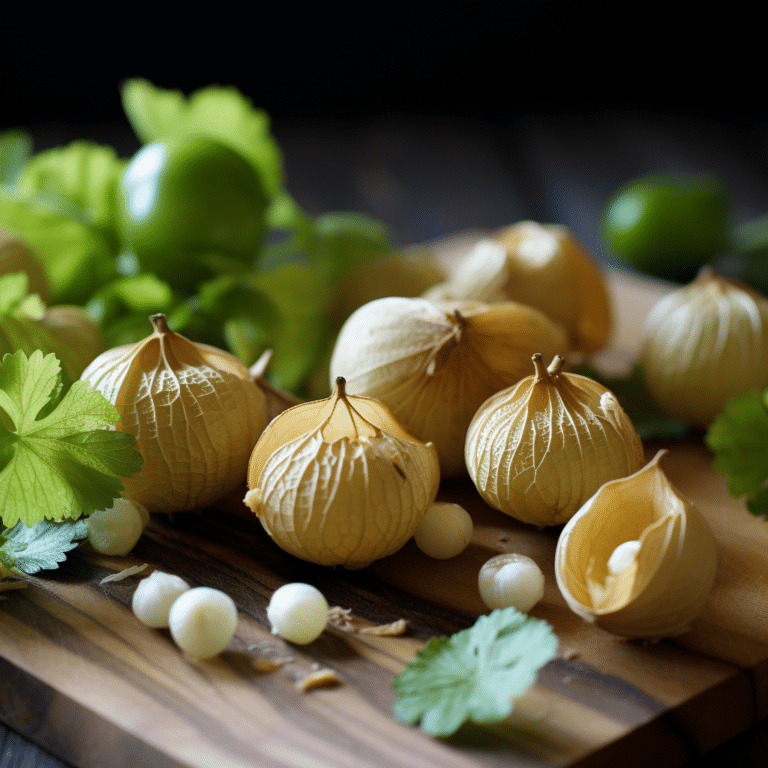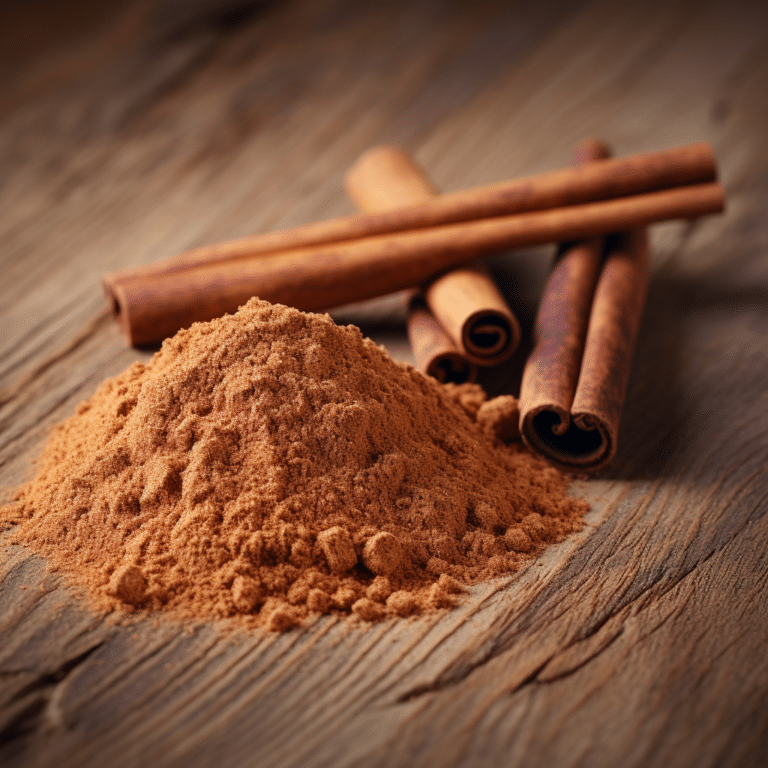Pasta Alla Gricia vs. Carbonara: Roman Delicacies
Pasta Alla Gricia vs. Carbonara Comparison is an Italian staple food that has gained popularity worldwide. There are numerous variations of pasta dishes. Pasta Alla gricia and carbonara are among the four basic Roman kinds of pasta including cacio e Pepe and Amatriciana.
The fundamental difference amongst the two is because freshly broken egg yolk is poured to carbonara. Moreover, they share the four main ingredients; black pepper, guanciale, pecorino romano cheese, and pasta.
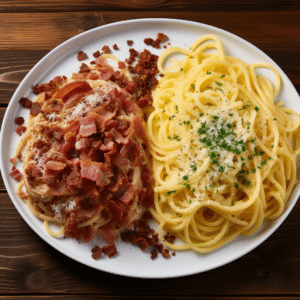
Pasta Alla Gricia Vs. Carbonara: Overview
Preparing Pasta Alla Gricia
This is a basic pasta made of four ingredients but requires mastery to bring out the desired pop crispy flavor. To make a perfect pasta Alla gricia;
- Bring water to boil in a saucepan and add pasta. Cook until done for 6 to 8 minutes though the time varies depending on the brand of pasta you are using. Follow the instructions on the packaging. Be careful not to overcook the pasta.
- On a different skillet, add cubed guanciale and cook for a few minutes until crispy. Guanciale is an Italian cured pork jowl. You do not need to add fat, the pork cooks in its fat.
- Drain water from the past and reserve a quarter cup of pasta water, and discard the rest.
- Add the pasta, pasta water, black pepper, and pecorino romano cheese into the guanciale. Stir till all strips of pasta are covered in the sauce.
- You could garnish with black pepper and pecorino.
Preparing Carbonara
Carbonara is prepared following similar steps to pasta alla gricia highlighted above. The difference is that you add beaten egg yolks to the cooked pasta, black pepper, pecorino, and pasta water to form a creamy sauce. Egg yolk is used as egg white could make the sauce crumble. If the yolk is undercooked, the sauce will appear watery. If your sauce runs watery and there are no more egg yolks in the house, you could use butter Pasta Alla Gricia vs. Carbonara Comparison and flour to thicken it. Melt butter in a skillet and mix with flour. Add the mixture into the sauce.
What To Serve With Pasta Alla Gricia And Carbonara
These two kinds of pasta are rich in flavor and nutrients and can be served as a main dish or snack between meals. They can go well with steamed vegetables, chicken stir-fry, vegetable salad, broccoli, carrot pickles, and fruit juice. Due to the amount of fat from the guanciale, it would be good to avoid a creamy accompaniment. Serve the pasta hot.
How To Store Leftover Pastas
If possible, make enough pasta alla gricia and carbonara for one serving. In case you have leftovers, refrigerate and consume them within 24 hours. If left at room temperature, consume within two hours.
Best Wines To Accompany Carbonara
White light-bodied wines would make the best accompaniment for creamy pasta. Such wines include; Est!!!di montefiascone, franscatti, chardonnay, and cabernet sauvignon. If you are not a wine enthusiast, you could try berry-flavored Italian soda or an Italian Shakerato. This is a version of iced espresso, popular with Italians. Shaken on ice cubes to create a foamy top layer, it is gently sweetened. Bitterness compliments the creaminess of carbonara perfectly.
Best Wines For Pasta Alla Gricia
The rich flavor of pasta alla gricia needs to be paired with equally good wine. Some of these excellent wines are Chilean sauvignon blanc, Californian chardonnay, and Argentinian Malbec.
Different Types Of Pasta
There are several types of Pasta Alla Gricia vs. Carbonara Comparison in the world, with more than 600 shapes. You need to know which one to use for your Roman classic pasta dishes. Some of the major types include;
- Spaghetti- This is perhaps the most popular pasta in the world. It contains long, thin noodles that can be paired with a variety of sauces.
- Penne. This pasta is round, tube-like shape with diagonal cuts at both ends. They are best served with dishes with a creamy sauce such as carbonara and pasta alla gricia. The sauce penetrates the tubes giving the meal a nice, balanced flavor.
- Lasagne. Lasagna, contrary to popular opinion, is not the name of a dish but the name of the pasta needed to prepare the dish. It is best for baked pasta dishes.
- Ravioli. This is a square dough shaped like a pillow that can be stuffed with fillings such as cheese, vegetables, and meats.
- Linguine. This pasta is close to spaghetti but is flatter. It is a perfect match for creamy pasta dishes.
- Rigatoni. This is close to penne in appearance but is slightly wider and cut into squares. They are larger and would not be an excellent choice for creamy dishes.
- Farfalle. This is bow-tie-shaped pasta that is best used in cold salads.
- Fusilli. This pasta is spiraled and has a corkscrew shape. It is suitable for chunky vegetable and meat dishes.
- Macaroni. This is an equally popular pasta that is usually short and curved. They are an excellent choice for mac ‘n’ cheese.
- Cannelloni. This pasta can be flat or rolled into large tubes and stuffed with fillings such as cheese and steamed vegetables.

Benefits Of Pasta
Apart from being affordable, versatile, and easy to cook, there are other health benefits of pasta;
- Whole grain pasta may help in weight loss and management.
- Pasta could help keep your blood sugars in check.
- It could help fight cancers such as stomach and colon cancers.
- It contains little salt and is a good choice for people on a low salt diet.
- It has a long shelf life.
- It is a source of sustained energy.
- It is a good source of folic acid.
- Whole grain pasta keeps you full for a long time; you don’t have to bite unhealthy foods.
- Pasta is low in cholesterol which could be good for your heart health.
